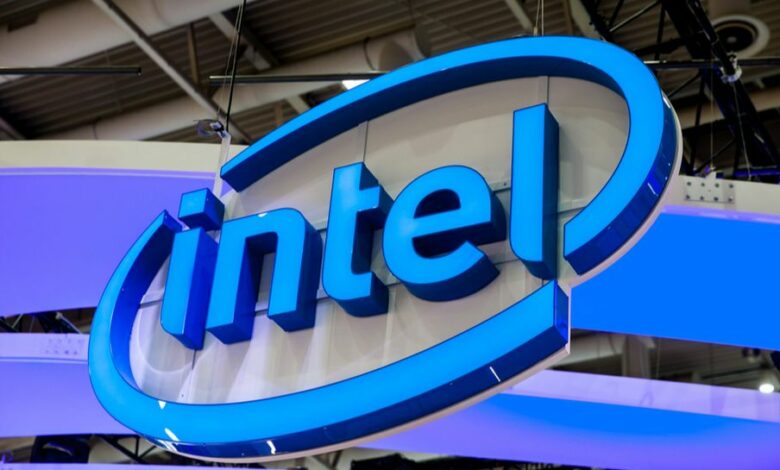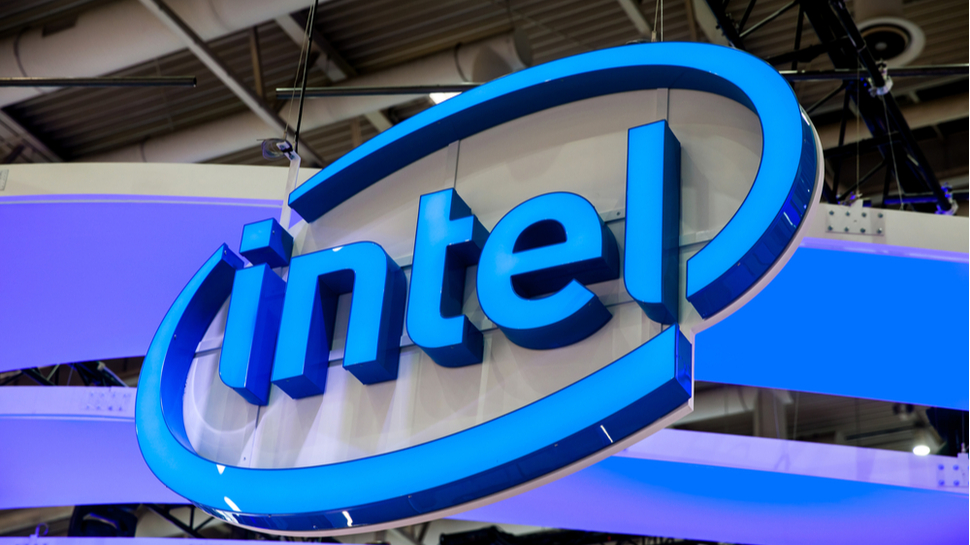Intel’s next desktop CPU will reportedly be Nova Lake, bringing Panther Lake to mobile


There have been plenty of rumors surrounding the upcoming launch of the Intel Panther Lake processor, including that it would arrive in 2025. But now new rumors paint a different story – one that confirms previous rumors about Panther Lake is only available on mobile and that a new series, Nova Lake, will be the true successor to Arrow Lake.
A new rumor from leaker Jaykihn on X (and reported by Wcctech) claims that Nova Lake-S will replace Arrow Lake-S as the next desktop processor. In recent years, Intel has shifted its strategy from releasing a single line of processors that worked across all segments to multiple lineups that cater to different segments.
Currently, Arrow Lake will serve as the main CPU for desktops and laptops, while the next-gen Lunar Lake is specifically designed for the new AI PCs. There are also rumors that Arrow Lake will get a refresh in 2025 or — according to a more recent report — in October 2024which is in line with previous rumors that Nova Lake would launch in 2026.
Currently there is very little information about Nova Lake, other than reports that Intel is considering both TSMC’s node and its own 14A process technology, as well as using its Xe4 architecture, codenamed Druid. So there’s no word on the street yet on whether these will be the best processors on the market, though the specs should be pretty impressive considering the potential tech involved.
Why is there a change in processor typing?
It’s fascinating how Intel has changed its strategy over the years regarding the release of processor lines. Originally, a single line would span multiple segments, slightly modified to better fit the role it played. But starting with Tiger Lake, which was aimed at mobile platforms, and Rocket Lake, adapted for desktops, we saw a shift in this direction.
Alder Lake and Raptor Lake processors were built for desktop use, the latter intended for both high-end laptops and desktops, and then Meteor Lake came along, which eventually became a mobile release. Lunar Lake is intended exclusively for the AI PC market, and Arrow Lake is the dedicated desktop and laptop processor line. And now we have the mobile Panther Lake with Nova Lake delegated to desktops.
You have to wonder why Intel has changed its release strategy so drastically, since it has become much more complicated to keep up with so many different chip types. However, when you consider the business reasons for this, it makes a bit more sense.
Most consumers will never know which architecture is inside which processor, so for them it’s just a more powerful processor built into a better PC or laptop. But for Intel, this means that instead of trying to make chips malleable enough to work with all market segments, thereby limiting their potential, it can tailor separate models to each segment for maximum performance.
When you think about it, it’s actually quite brilliant, but it does make it harder for tech professionals to keep up with all the rules.




